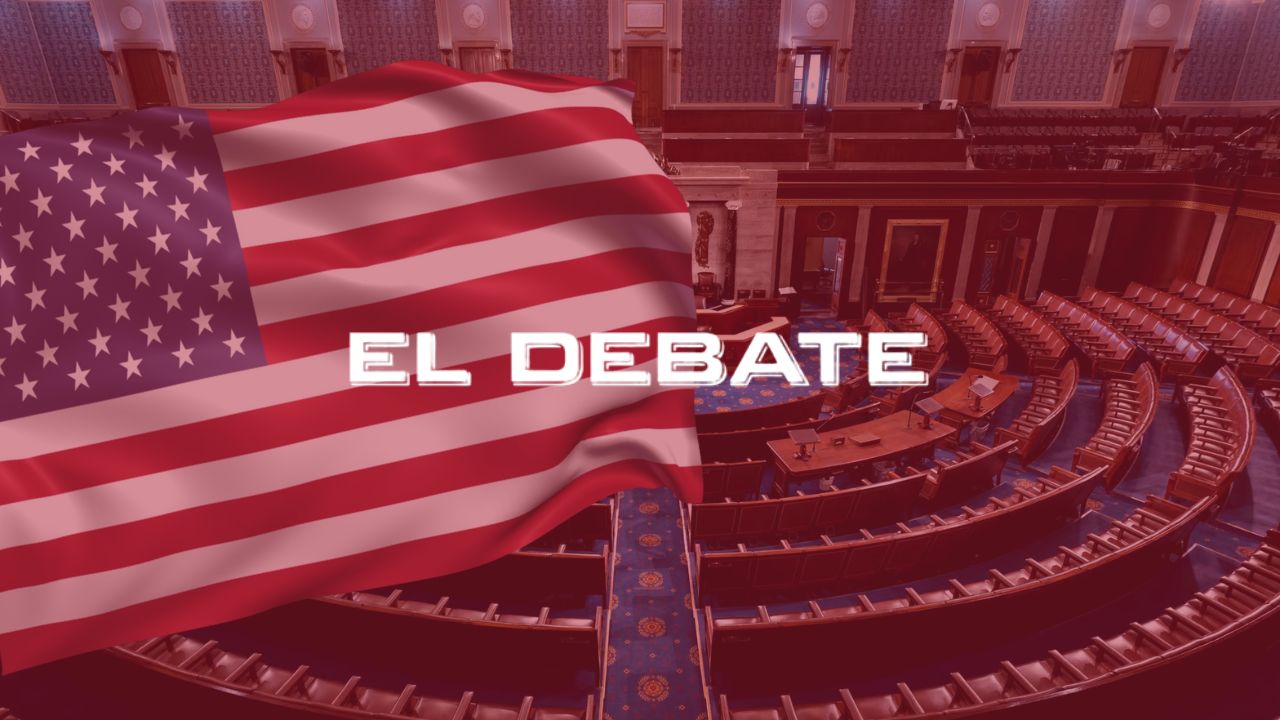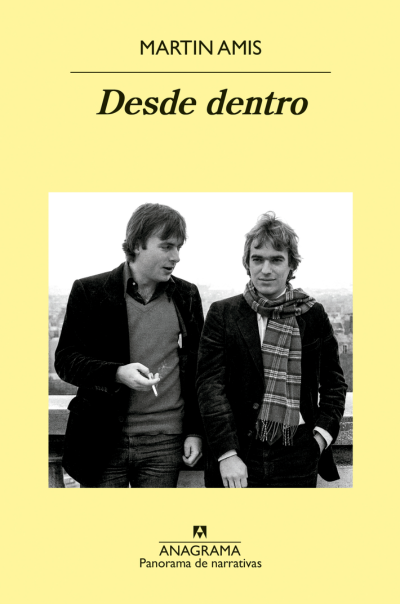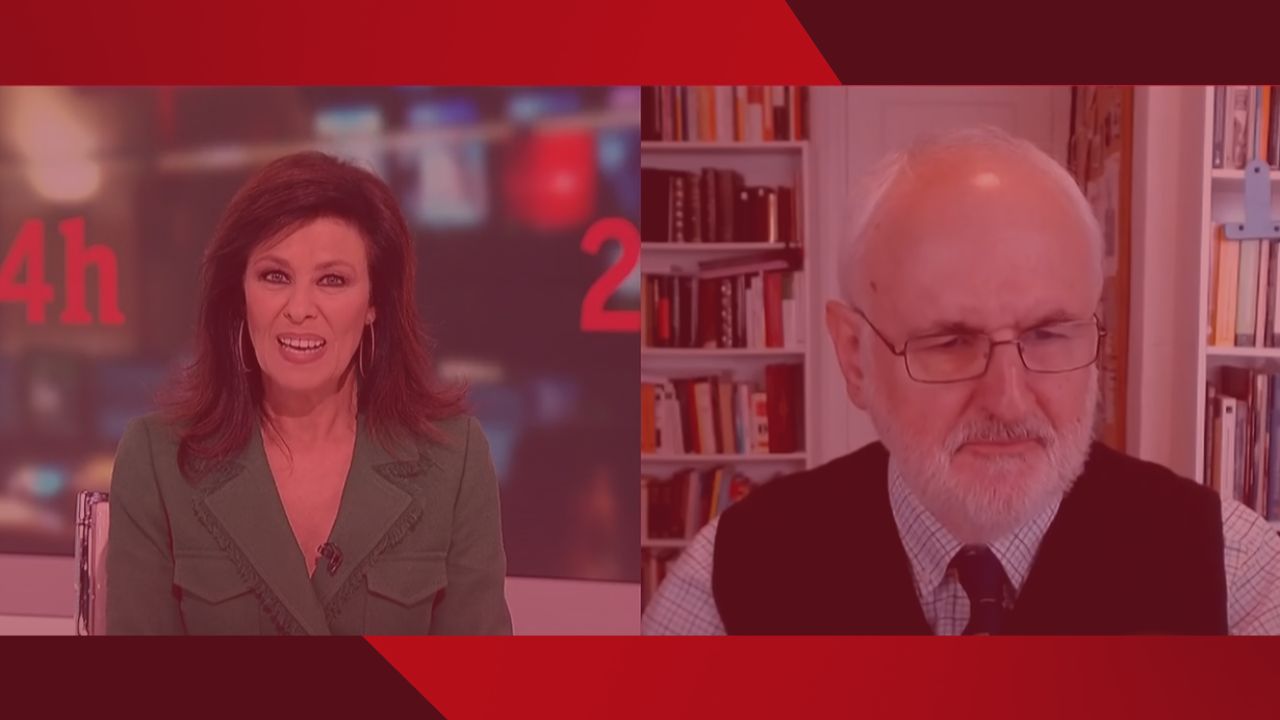The regulation of euthanasia is almost a reality. For the third time in just 20 months, the Congress of Deputies is debating the bill, with broad political support and the hope of many that, on this occasion, the right to a dignified death will be recognised for Spaniards.
The confusion created in the public debate due to its terminological complexity (assisted suicide, euthanasia, “ortotanasia”, “distanasia”) requires understanding first of all what is meant by this. In its origin, it referred without further pretensions to the good death: a calm, easy, soft and natural one. Today, it is defined as homicide out of compassion, that is, causing the death of another out of pity for his suffering, or out of a desire to die for whatever reason.
Such a widespread social acceptance responds to a real feeling of compassion towards those who suffer and have no remedy. Those who advocate its regulation are convinced that they are doing good to others by seeking its demise. Last Tuesday, the People’s Party (PP) reproached the government for the alleged intention behind this law being an economic cutback. If this party really believes this thesis, it is very much mistaken. The only thing this strategy will achieve is to further strengthen the conviction of many people who sincerely want it to be passed.
However noble or altruistic the motives for such an action may seem, it is still the case that one human being consciously and deliberately kills another. Is compassionate killing justifiable? Or rather, is the kind of compassion they are referring to appropriate?
Firstly, those who advocate its regulation know, although some do not want to acknowledge it, that euthanasia means ending a person’s life. The use of strategic euphemisms that seek to disguise its true meaning is striking. For example, there will never be talk of «killing the sick» or «taking their life», but rather of «helping them to die», «facilitating the culmination of life» or «achieving their self-liberation».
So why do they see the reasonableness of their practice? Because of the presuppositions of those who start it and because of the underlying anthropological vision. Thus, it seems legitimate when the desired effect is to avoid suffering. It is justifiable to the extent that, in the conditions in which the person finds himself, it does not compensate to suffer and continue with his existence. The right to a dignified death means that human life is only worthwhile under certain conditions. Therefore, it establishes quality standards as a criterion for discerning which existences are worth living. Sickness, according to this, lacks dignity, because it no longer possesses fullness. However, a person, no matter how ill he or she is, does not cease to be human and to deserve the utmost respect. On the contrary, what is unworthy would be to base its value on the fact that it does not suffer. In fact, the person who accepts suffering deepens his or her humanity, because he or she understands and makes his or her own a basic dimension of life. This does not mean, of course, that the struggle to alleviate pain is not positive and the efforts of modern science in this regard commendable. But we cannot turn this into a total value, since it would force us to give up an essential aspect of the person.
It is often thought that those who are against euthanasia conceive of life as an absolute and are blind to the maintenance of the sick. This is called distanasia, or therapeutic overkill, that is, delaying the advent of death as long as possible, by any means, proportionate or not, and even if there is no longer any hope of a cure and this means inflicting on the sick some suffering in addition to that which they already endure. In other words, despite the doctor’s moral certainty that remedies of any nature no longer provide benefit to the patient and only serve to prolong his agony uselessly, he persists in continuing treatment and does not allow nature to take its course. To be in favour of this practice is absurd, as is to think that those against the regulation of euthanasia do not reject therapeutic overkill.
Leaving this position aside, the anthropological vision of euthanasia denies suffering as a constitutive part of the person under the premise that, as we have said, in the medium in which one suffers, one loses dignity. Thus, if the absence of pain becomes the preferential and exclusive criterion for recognising human dignity, the situation of the sick person becomes meaningless, especially in old age, and the person is deprived of the humanising effect that pain itself can imprint. Euthanasia is convinced that it has no purpose. Those who support its regulation often place the discussion on a religious level in order to delegitimise the argument against it. An example of this is the editorial written by El País on February 11: «Very different is the opposition, which is already being organised, based on the idea that life does not belong to the person, but to God». They want to make believe that their detractors are necessarily believers. But the question does not lie in who life belongs to, but in the nature of pain, inherent in human existence, whether we like it or not. We have all experienced it to a greater or lesser extent, sometimes to unbearable levels. The best way to combat it is not to reject it, but to accept our vulnerability, a dimension of which makes us aware of suffering.
Those who advocate euthanasia argue for two rights that they consider fundamental: to a dignified death, expressly desired by those who suffer unbearably, and for each person to have his or her own life, in use of his or her individual freedom and autonomy. On this second point, we must ask ourselves, firstly, what it means to have one’s own life at one’s disposal, because it is clear that we do not intend to legalise suicide. The document presented by the PSOE for the regulation of euthanasia states the following: «We seek, instead, to legislate to respect the autonomy and the will to end the life of those who are in a situation of serious and incurable illness, or a serious, chronic and disabling illness, suffering unbearable suffering that cannot be alleviated in conditions that they consider acceptable». The reference to the patient is striking, because it is the patient who must consider what conditions are acceptable to qualify a suffering as unbearable. It is the individual, from his or her subjective experience, who makes the decision. Therefore, if the choice depends on the subject, determining in which cases euthanasia should be applied becomes extremely difficult in practice. The editorial in El País argued the following: «Ending life when the only expectation is an unbearable suffering that cannot be alleviated by other means, such as palliative care. In short, when, in accordance with their values, the affected person considers that the life they have left is not worth living». What does «according to their values» mean? Pure subjectivity.
Moreover, the sick person becomes responsible for the burden on his or her family members, because he or she can always choose the alternative of death. In addition to the physical illness, there is the pressure to which he would be subjected. Traditionally, it was the patient who, because of his situation, was relieved of all responsibility. With euthanasia, if he wants to continue living, he knows that he chooses to be a burden to his relatives, who would be contaminated by the following thought: «It’s about the grandfather, who is still there and doesn’t want to die». The caretaker, whether a doctor or a relative, would look at the sick person with reproachful eyes and, if necessary, could induce him to ask for death. Therein lies the great paradox of euthanasia: placing the burden of resolution on the patient, when he or she is, by definition, not in a position to decide. It does not make sense to establish that euthanasia requires an autonomous decision by a terminal patient. Moreover, it is absurd that the Criminal Code makes him incapable of all kinds of contracts and commitments, such as an employment contract, and not of asking for his death. This contradiction can be seen in the PSOE proposal mentioned above. It states that «the decision to request death assistance must be an autonomous decision», but further on it says that «in the event that is physically unable to date and sign the document, another person of legal age and fully capable of doing so may date and sign it in his presence».
The left, in general, claims that they do not want to impose their way of thinking on anyone, that euthanasia is a choice, and in doing so, they imply that the right wing is a ruthless caveman that is characterised by coercion. Thus, there is a message circulating on social networks that says: «Euthanasia does not force you to die. Abortion does not force you to have an abortion. Divorce does not force you to get divorced. Equal marriage does not force you to marry a homosexual person. Rights don’t force you to do anything. Rights do. Very insightful, but wrong. It is naive to think that a law has no effect on our culture and our understanding of the world in the long run. It educates and creates a habit that, although it does not coerce, generates «a collective mentality» that influences personal decisions. Every social ethos determines the subjective ethos. For example, in the Netherlands, euthanasia has become so standardised that the Democratic 66 party wants to present an initiative to the government so that those over 70 who are «tired of living» can ask for it. The proposal is the result of a study by the Dutch government which concludes that 47.6 percent of people interviewed would like to end their lives once they have passed a certain age, even if they are not seriously ill. Since it was legalised in this country in 2002, the number of applicants has increased by more than 325 percent. In 2017, there were 6,585 cases, accounting for 4 percent of all deaths. This proves that the content of such a law, as the left claims, is not imposed as such, but as a cultural ethos. Regulating euthanasia implies its normalisation.
The content of such a law is imposed as a cultural ethos and leads to standardisation
For example, experience with abortion shows that a law that is supposedly passed to solve certain extreme cases ends up creating a mentality that trivialises this practice until it becomes socially acceptable, and that it is done for increasingly minor reasons. A law, however libertarian it may seem, always conditions social life. In the document presented by the PSOE, it is stated that: «Likewise, guarantees must be established so that the decision to end life is made with absolute freedom, autonomy and knowledge, protected therefore from pressures of all kinds that could come from unfavourable social, economic or family environments, or even hasty decisions». This supposed freedom, protected from all pressure, is a fallacy.
The danger of regulating euthanasia or abortion, and the left is well aware, lies in the consequences of this. The campaigns for it follow the same strategic and political scheme. They present a borderline case, particularly striking, that excites collective sensibility and can justify the practice by its drama and uniqueness. Once admitted, others very similar are brought up, in an increasingly permissive gradation. As has happened in the Netherlands, legislation that is offered as a solution for borderline cases of vegetative life will end up becoming a normal option in the face of any disease or more or less irreversible biological decline. What then do we do with someone who has an accident and remains in a wheelchair forever? Is a life in which one cannot walk worthy? If we value existence according to what circumstances, the criterion by which we qualify that value is based on subjectivity. Personal feelings then become the source of the morality of acts.
What role should medicine play in this whole debate? The raison d’être of this science is to cure the sick at any stage of their illness, to alleviate it, and to help them cope with the trance of death when healing is not feasible. Therefore, the best way to fulfill these purposes is through palliative care, a way of caring for terminal patients as opposed to the concepts of therapeutic teaching and euthanasia. When the patient cannot be cured, he or she can still be cared for and alleviated. There is no mathematical formula for calculating whether or not there is any reasonable hope of recovery. All the actions of palliative medicine are aimed at maintaining and, as far as possible, increasing the peace of mind of the patient and his or her family. In those cases where pain treatment is practically the only thing that can be done, the side effect that certain analgesics have with respect to shortening life cannot be considered a disguised form of euthanasia, because the aim is not to end life but to alleviate suffering. The intention behind it largely determines the moral action. The physician knows, without a doubt, what guides his intention. If the sick person retains the same dignity even at the threshold of death, palliative medicine, companionship and comfort are revealed as the most suitable means for the last stretch of life.






